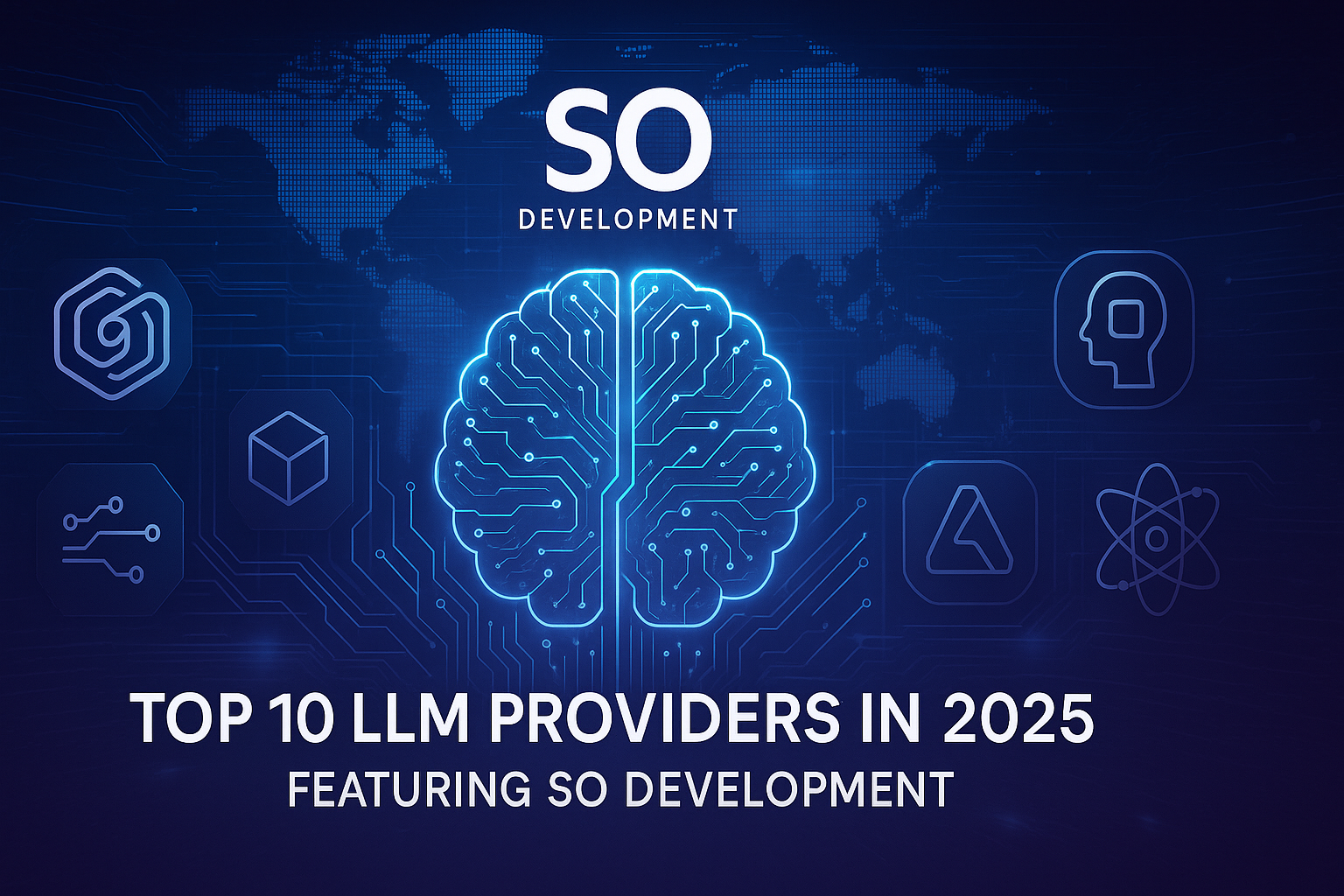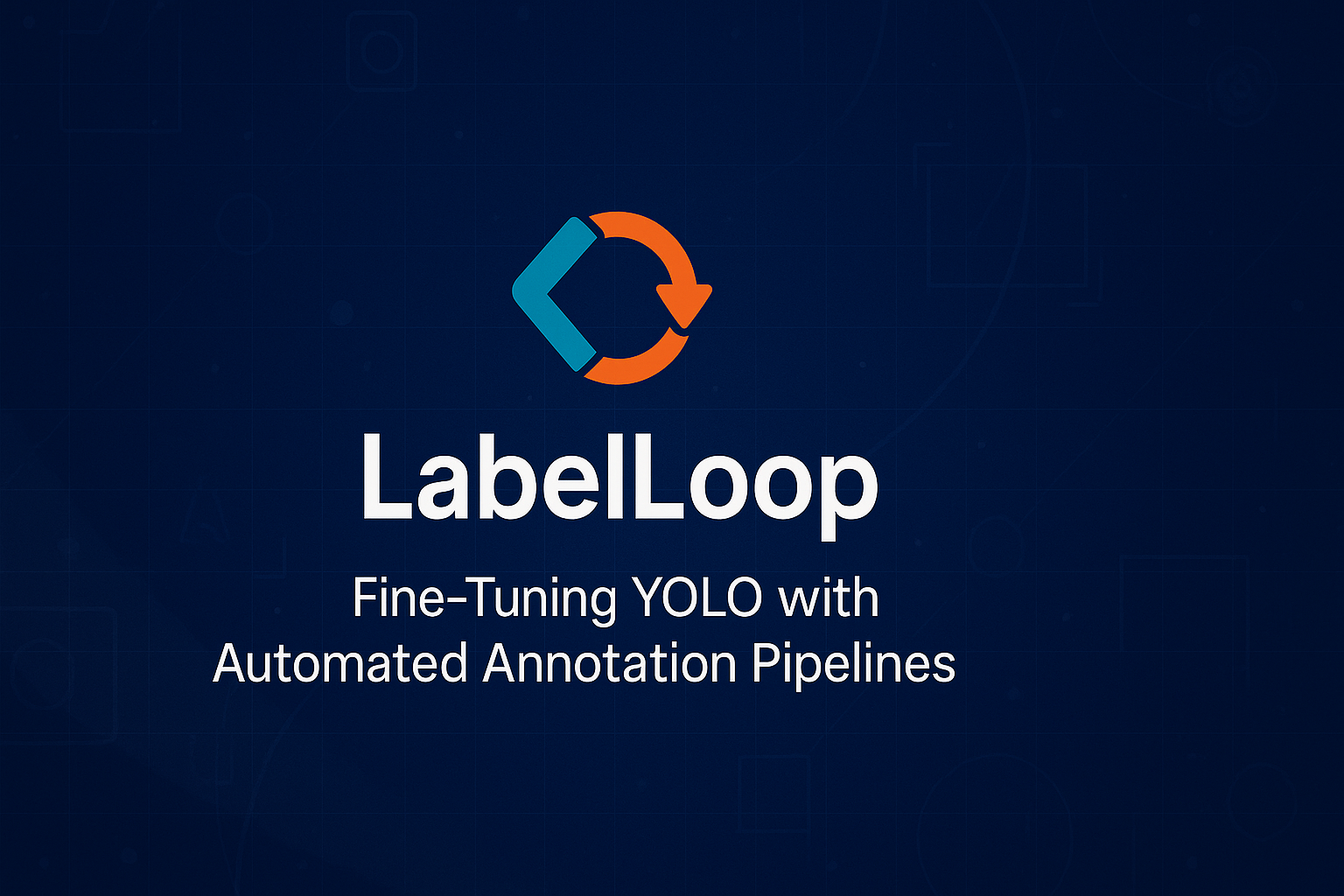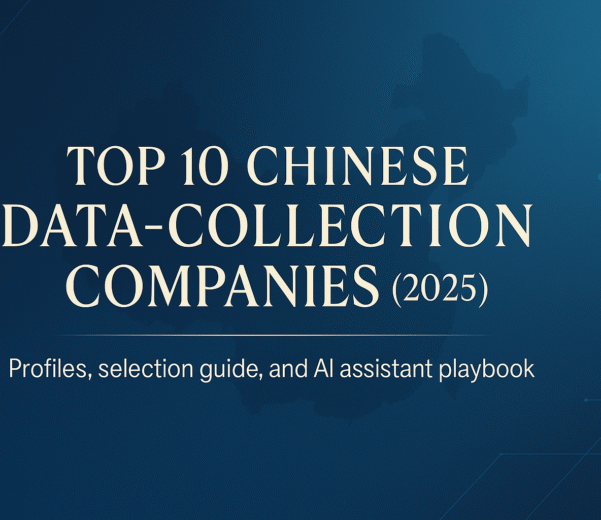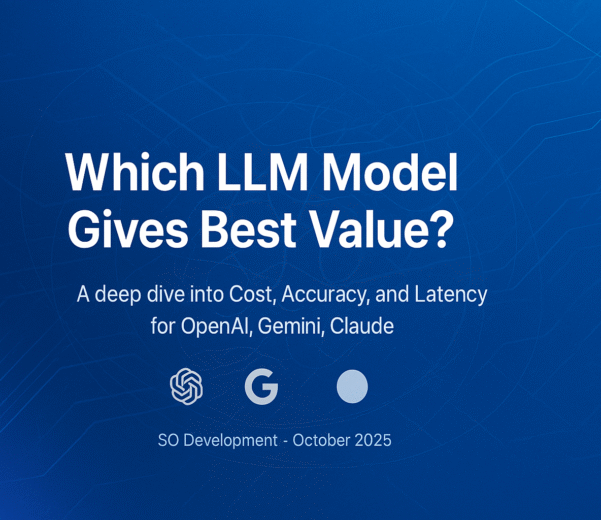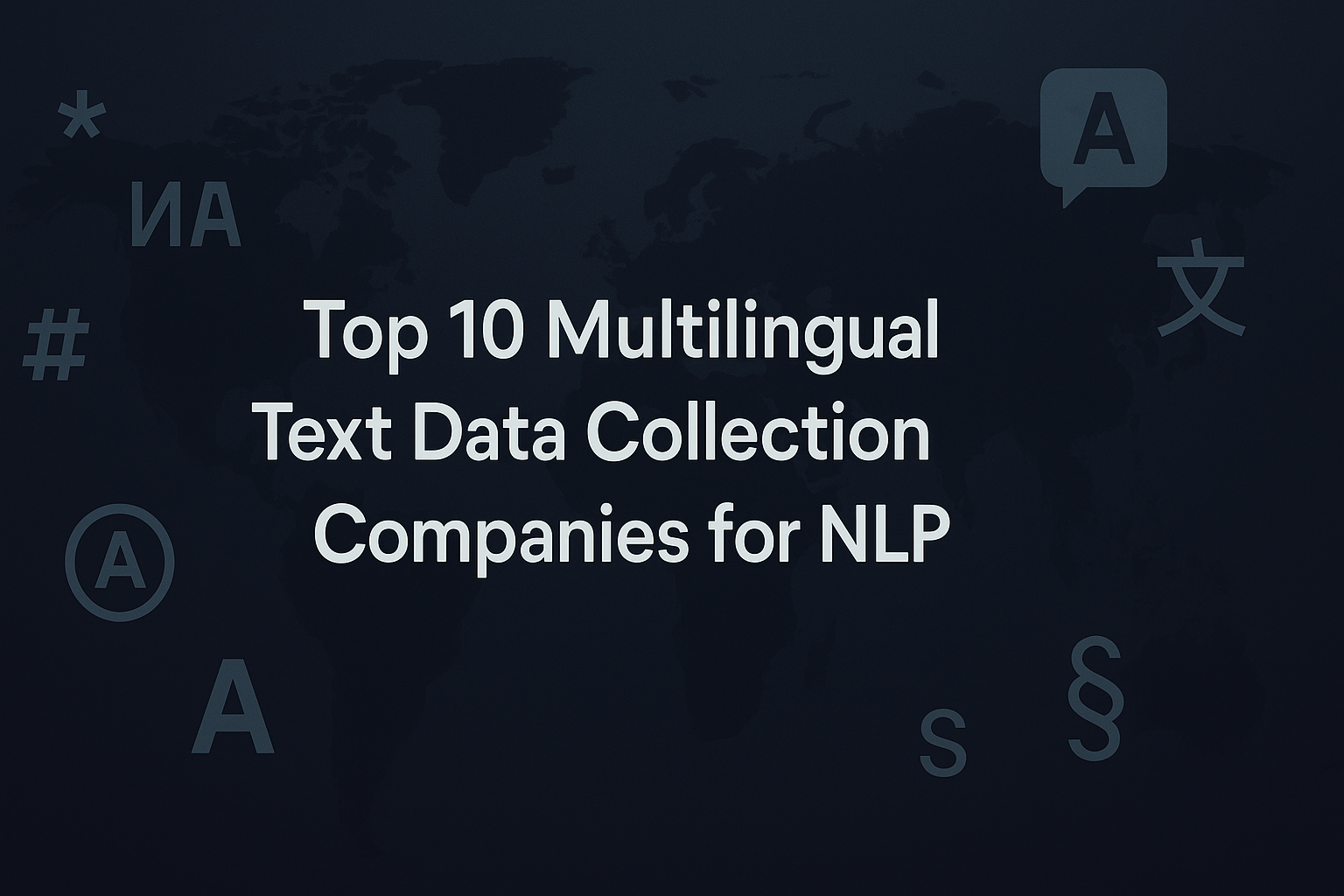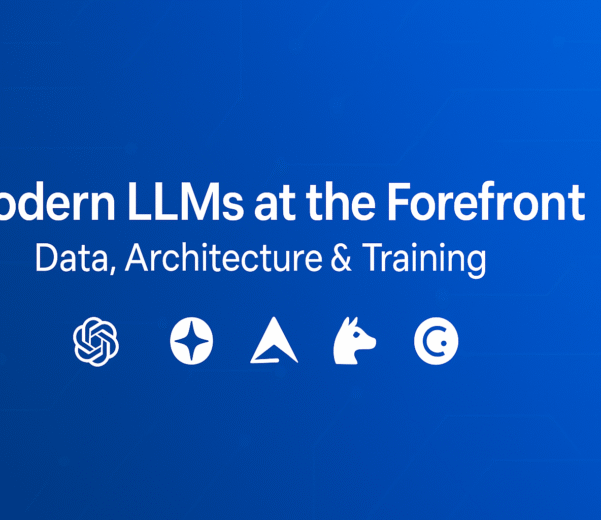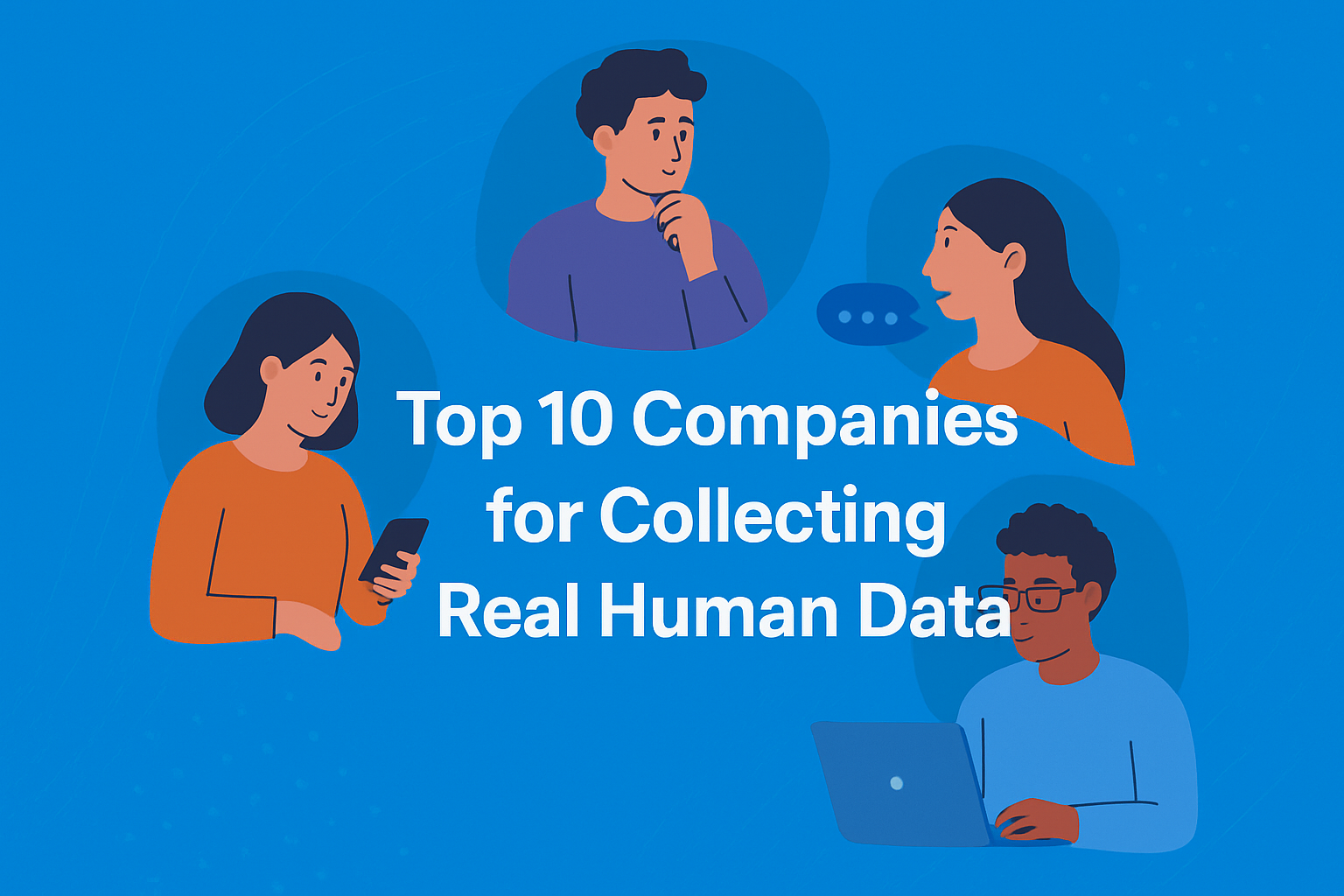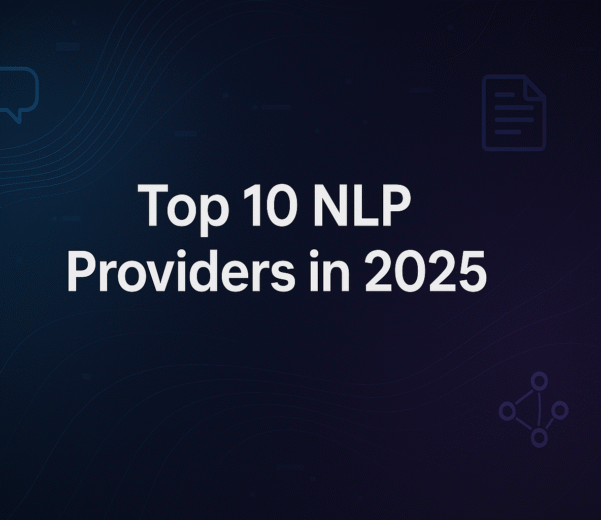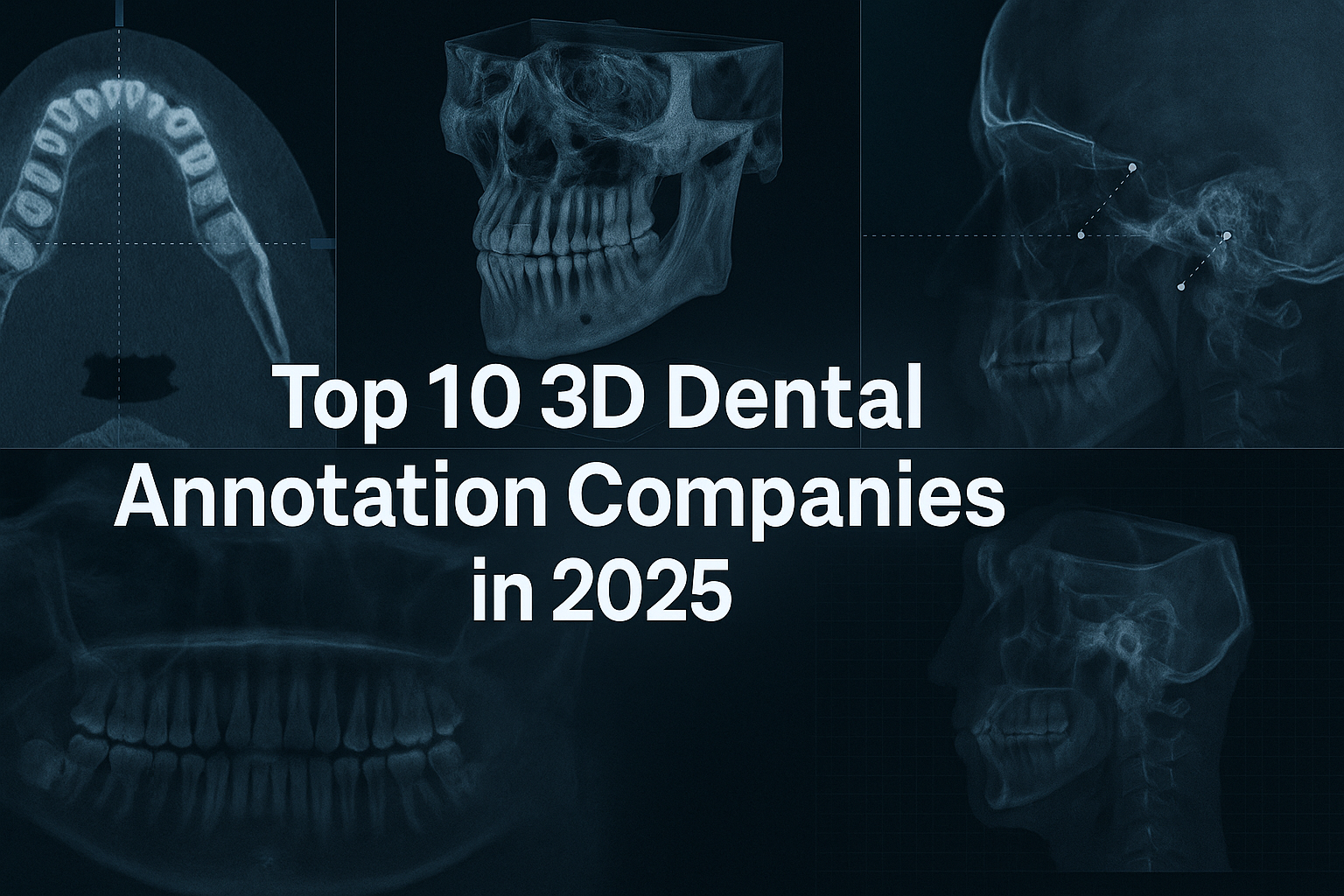Introduction
The evolution of artificial intelligence (AI) has been driven by numerous innovations, but perhaps none have been as transformative as the rise of large language models (LLMs). From automating customer service to revolutionizing medical research, LLMs have become central to how industries operate, learn, and innovate. In 2025, the competition among LLM providers has intensified, with both industry giants and agile startups delivering groundbreaking technologies.
This blog explores the top 10 LLM providers that are leading the AI revolution in 2025. At the very top is SO Development, an emerging powerhouse making waves with its domain-specific, human-aligned, and multilingual LLM capabilities. Whether you’re a business leader, developer, or AI enthusiast, understanding the strengths of these providers will help you navigate the future of intelligent language processing.
What is an LLM (Large Language Model)?
A Large Language Model (LLM) is a type of deep learning algorithm that can understand, generate, translate, and reason with human language. Trained on massive datasets consisting of text from books, websites, scientific papers, and more, LLMs learn patterns in language that allow them to perform a wide variety of tasks, such as:
Text generation and completion
Summarization
Translation
Sentiment analysis
Code generation
Conversational AI
By 2025, LLMs are foundational not only to consumer applications like chatbots and virtual assistants but also to enterprise systems, medical diagnostics, legal review, content creation, and more.
Why LLMs Matter in 2025
In 2025, LLMs are no longer just experimental or research-focused. They are:
Mission-critical tools for enterprise automation and productivity
Strategic assets in national security and governance
Essential interfaces for accessing information
Key components in edge devices and robotics
Their role in synthetic data generation, real-time translation, multimodal AI, and reasoning has made them a necessity for organizations looking to stay competitive.
Criteria for Selecting Top LLM Providers
To identify the top 10 LLM providers in 2025, we considered the following criteria:
Model performance: Accuracy, fluency, coherence, and safety
Innovation: Architectural breakthroughs, multimodal capabilities, or fine-tuning options
Accessibility: API availability, pricing, and customization support
Security and privacy: Alignment with regulations and ethical standards
Impact and adoption: Real-world use cases, partnerships, and developer ecosystem
Top 10 LLM Providers in 2025
SO Development
SO Development is one of the most exciting leaders in the LLM landscape in 2025. With a strong background in multilingual NLP and enterprise AI data services, SO Development has built its own family of fine-tuned, instruction-following LLMs optimized for:
Healthcare NLP
Legal document understanding
Multilingual chatbots (especially Arabic, Malay, and Spanish)
Notable Models: SO-Lang Pro, SO-Doc QA, SO-Med GPT
Strengths:
Domain-specialized LLMs
Human-in-the-loop model evaluation
Fast deployment for small to medium businesses
Custom annotation pipelines
Key Clients: Medical AI startups, legal firms, government digital transformation agencies
SO Development stands out for blending high-performing models with real-world applicability. Unlike others who chase scale, SO Development ensures models are:
Interpretable
Bias-aware
Cost-effective for developing markets
Its continued innovation in responsible AI and localization makes it a top choice for companies outside of the Silicon Valley bubble.

OpenAI
OpenAI remains at the forefront with its GPT-4.5 and the upcoming GPT-5 architecture. Known for combining raw power with alignment strategies, OpenAI offers models that are widely used across industries—from healthcare to law.
Notable Models: GPT-4.5, GPT-5 Beta
Strengths: Conversational depth, multilingual fluency, plug-and-play APIs
Key Clients: Microsoft (Copilot), Khan Academy, Stripe

Google DeepMind
DeepMind’s Gemini series has established Google as a pioneer in blending LLMs with reinforcement learning. Gemini 2 and its variants demonstrate world-class reasoning and fact-checking abilities.
Notable Models: Gemini 1.5, Gemini 2.0 Ultra
Strengths: Code generation, mathematical reasoning, scientific QA
Key Clients: YouTube, Google Workspace, Verily
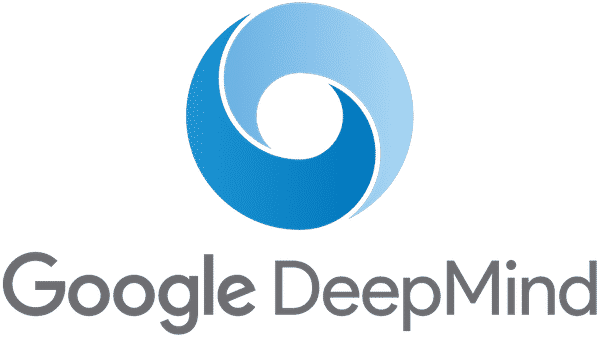
Anthropic
Anthropic’s Claude 3.5 is widely celebrated for its safety and steerability. With a focus on Constitutional AI, the company’s models are tuned to be aligned with human values.
Notable Models: Claude 3.5, Claude 4 (preview)
Strengths: Safety, red-teaming resilience, enterprise controls
Key Clients: Notion, Quora, Slack

Meta AI
Meta’s LLaMA models—now in their third generation—are open-source powerhouses. Meta’s investments in community development and on-device performance give it a unique edge.
Notable Models: LLaMA 3-70B, LLaMA 3-Instruct
Strengths: Open-source, multilingual, mobile-ready
Key Clients: Researchers, startups, academia
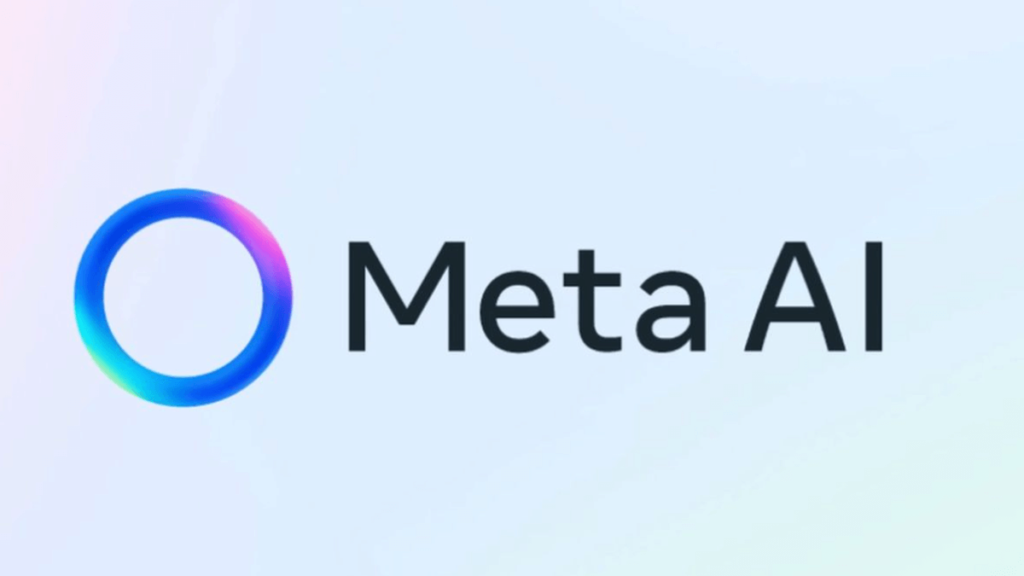
Microsoft Research
With its partnership with OpenAI and internal research, Microsoft is redefining productivity with AI. Azure OpenAI Services make advanced LLMs accessible to all enterprise clients.
Notable Models: Phi-3 Mini, GPT-4 on Azure
Strengths: Seamless integration with Microsoft ecosystem
Key Clients: Fortune 500 enterprises, government, education
Amazon Web Services (AWS)
AWS Bedrock and Titan models are enabling developers to build generative AI apps without managing infrastructure. Their focus on cloud-native LLM integration is key.
Notable Models: Titan Text G1, Amazon Bedrock-LLM
Strengths: Scale, cost optimization, hybrid cloud deployments
Key Clients: Netflix, Pfizer, Airbnb
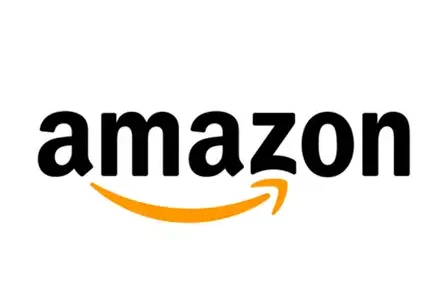
Cohere
Cohere specializes in embedding and retrieval-augmented generation (RAG). Its Command R and Embed v3 models are optimized for enterprise search and knowledge management.
Notable Models: Command R+, Embed v3
Strengths: Semantic search, private LLMs, fast inference
Key Clients: Oracle, McKinsey, Spotify

Mistral AI
This European startup is gaining traction for its open-weight, lightweight, and ultra-fast models. Mistral’s community-first approach and RAG-focused architecture are ideal for innovation labs.
Notable Models: Mistral 7B, Mixtral 12×8
Strengths: Efficient inference, open-source, Europe-first compliance
Key Clients: Hugging Face, EU government partners, DevOps teams

Baidu ERNIE
Baidu continues its dominance in China with the ERNIE Bot series. ERNIE 5.0 integrates deeply into the Baidu ecosystem, enabling knowledge-grounded reasoning and content creation in Mandarin and beyond.
Notable Models: ERNIE 4.0 Titan, ERNIE 5.0 Cloud
Strengths: Chinese-language dominance, search augmentation, native integration
Key Clients: Baidu Search, Baidu Maps, AI research institutes
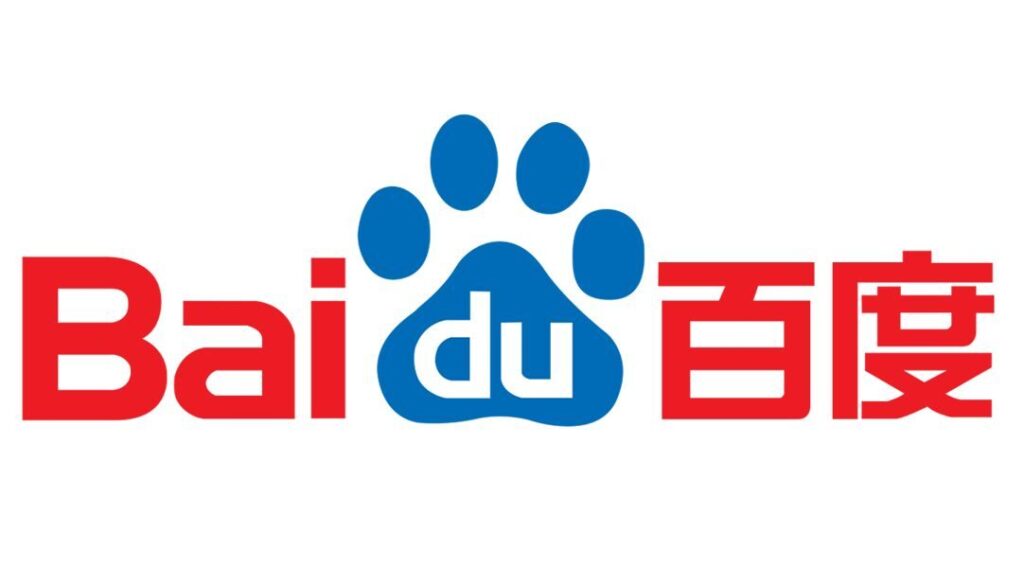
Key Trends in the LLM Industry
Open-weight models are gaining traction (e.g., LLaMA, Mistral) due to transparency.
Multimodal LLMs (text + image + audio) are becoming mainstream.
Enterprise fine-tuning is a standard offering.
Cost-effective inference is crucial for scale.
Trustworthy AI (ethics, safety, explainability) is a non-negotiable.
The Future of LLMs: 2026 and Beyond
Looking ahead, LLMs will become more:
Multimodal: Understanding and generating video, images, and code simultaneously
Personalized: Local on-device models for individual preferences
Efficient: Models that require less power and training time
Regulated: More countries will enforce AI governance policies
SO Development’s focus on ethical and domain-aligned AI puts it in a strong position to shape the future of LLMs globally.
Conclusion
The LLM race in 2025 is defined by innovation, accessibility, safety, and performance. Whether you’re using GPT-5 for writing code, Claude for safe conversations, or SO-Lang Pro for multilingual customer service, these models are transforming how the world thinks, communicates, and works.
SO Development‘s leadership in this top 10 list underscores the rise of regional and domain-specific leaders who are solving local problems with global-level AI. As businesses adapt to the AI-first era, these providers will be the cornerstone of digital transformation.
Stay tuned, because the next generation of LLMs will not just answer your questions—they’ll understand your world.



